Ben Thanh - Suoi Tien Metro is being studied to extend from Thu Duc to near Tan Van intersection, then split into two branches to Binh Duong and Dong Nai, with a total length of 50 km.
The information was given by Director of the City Department of Transport Tran Quang Lam at a meeting between leaders of Ho Chi Minh City and the Southeast provinces on the morning of July 7. This plan is being consulted with all parties for unified implementation.
Metro Line 1 (Ben Thanh - Suoi Tien) is the first urban railway line in Ho Chi Minh City. The line has a total length of nearly 20 km, from Ben Thanh Station (District 1) to Long Binh Depot (Thu Duc City). The project has reached about 95% of the volume, expected to be completed by the end of this year.
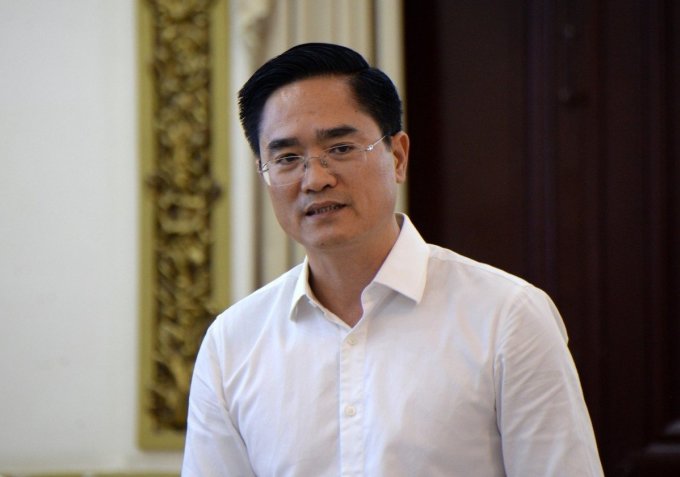
Director of Ho Chi Minh City Department of Transport Tran Quang Lam speaks at the meeting. Photo: Ngo Tung
According to Mr. Lam, the plan to extend the city's metro line and the plan to connect through Binh Duong and Dong Nai has been agreed upon by relevant localities to increase regional connectivity. The plan is to build the first section from Suoi Tien bus station (near the new Mien Dong station) and then go on the right side of Highway 1, then turn left to connect through Binh Thang station (S0 station) before Tan Van intersection (Binh Duong). This section is 1.8 km long, with an estimated total investment of nearly 3,000 billion VND.
From the above area, the metro line splits into two branches. One branch is 18.3 km long, running on high ground to Dong Nai province, connecting to points such as Vung Tau intersection, Cho Sat, Ho Nai 3 commune area (Trang Bom district). The remaining branch is nearly 30 km long, built on high ground to Binh Duong. From station S0, the line runs through Binh Chuan intersection, then connects to Binh Duong Industrial - Urban - Service Complex (Ben Cat town, Tan Uyen and Thu Dau Mot city).
The extension of Metro Line 1 is all elevated, so the construction is not as complicated as underground. The technology can be applied similarly to the project deployed in the city to ensure synchronization in train organization, interconnection, etc.
In the investment scenario, Mr. Lam said that the first section from Suoi Tien bus station to Binh Thang, the metro line is entirely located in Binh Duong but Ho Chi Minh City will calculate the coordination and capital contribution options. This section is assessed as needing to be built immediately to serve as a basis for implementing the next sections.
According to the consultant's research results on traffic volume and passenger demand, in the immediate future, it is possible to study and build the section from Suoi Tien bus station to Binh Thang and a part of the branch to Dong Nai. This will be convenient when Long Binh Depot can be used together because it has not been fully exploited. As for the branch to Binh Duong, the consultant proposed to do it later because in the immediate future, it is possible to organize passenger transportation by BRT (bus rapid transit) routes according to plan.
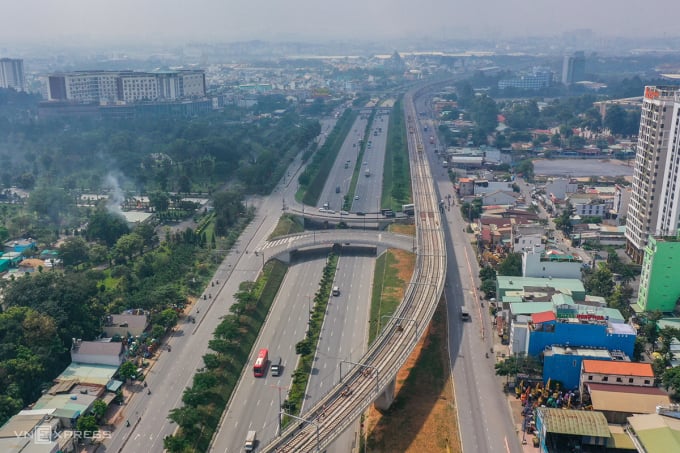
Metro Line 1 section near Suoi Tien bus station. Photo: Quynh Tran
At the conference, Dr. Truong Minh Huy Vu, Deputy Director of the Ho Chi Minh City Institute for Development Studies, also proposed establishing a regional transport system development fund with mixed capital sources to invest in key transport projects in the Southeast region.
According to Mr. Vu, Resolution 24 of the Politburo on the development direction of the Southeast region to 2030, with a vision to 2045, has pointed out a number of important institutions such as the Regional Council, regional planning, key regional projects and linkage mechanisms related to infrastructure investment funds.
"If designed appropriately, this fund will become an effective basis and tool to promote the role of the Regional Coordination Council," said Mr. Vu, adding that what needs to be done is that the city and provinces need to prepare recommendations to form ideas for priority transport infrastructure projects at each stage to propose.
Chairman of the Ho Chi Minh City People's Committee Phan Van Mai said that at the conference to deploy the Resolution on the Government's action program to implement Resolution 24 in Ba Ria - Vung Tau province in November 2022, he proposed this mechanism and the World Bank strongly supported it. After that, the Prime Minister assigned the Ministry of Finance to study the plan, but this is expected to take a lot of time.
According to Mr. Mai, it is possible to propose that the provinces in the region have a mechanism like Ho Chi Minh City, which is to supplement a part of the budget and negotiate further with international sponsors and the local business community to be able to do it. Or it is possible to request a mechanism for the provinces in the region to assign a locality to be the focal point for building the fund, with operating regulations.
Le Tuyet - Gia Minh
Source link




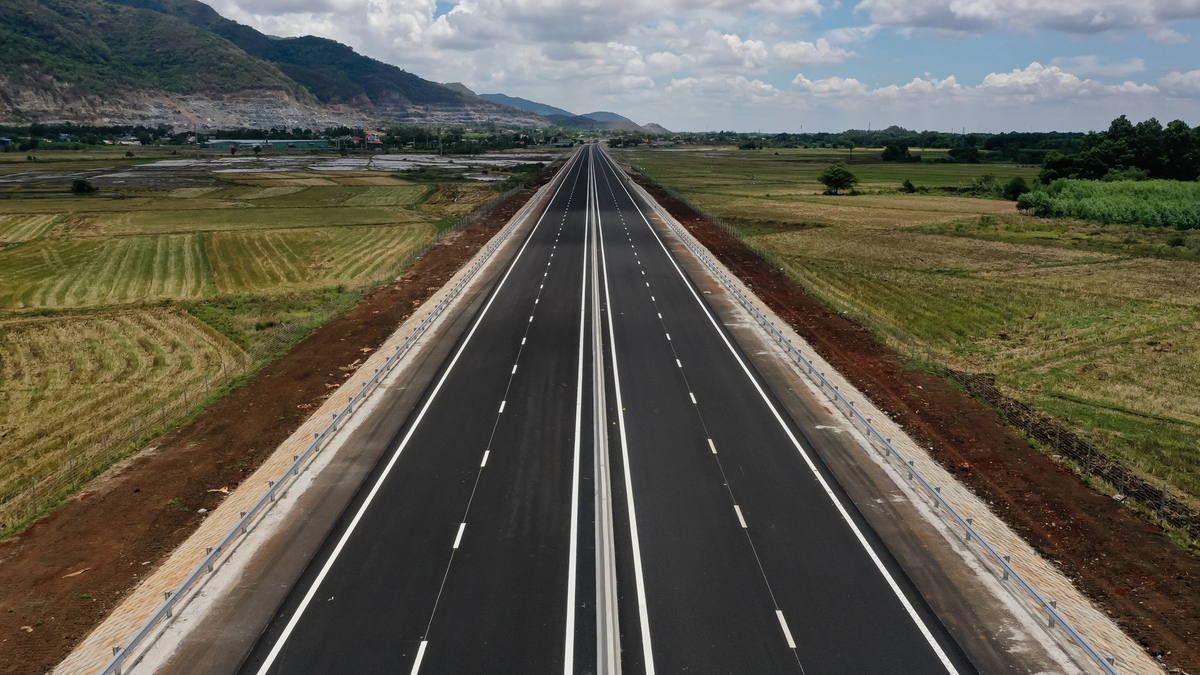
![[Photo] Many young people patiently lined up under the hot sun to receive a special supplement from Nhan Dan Newspaper.](https://vphoto.vietnam.vn/thumb/1200x675/vietnam/resource/IMAGE/2025/5/18/6f19d322f9364f0ebb6fbfe9377842d3)
![[Photo] Party and State leaders attend the special art program "You are Ho Chi Minh"](https://vphoto.vietnam.vn/thumb/1200x675/vietnam/resource/IMAGE/2025/5/18/6895913f94fd4c51aa4564ab14c3f250)
![[Photo] Ready for the top competitions of Vietnamese table tennis](https://vphoto.vietnam.vn/thumb/1200x675/vietnam/resource/IMAGE/2025/5/18/9c547c497c5a4ade8f98c8e7d44f5a41)


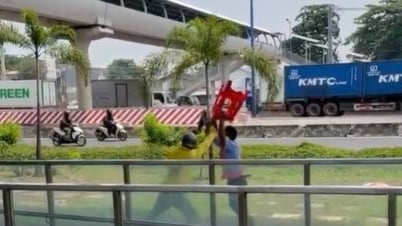


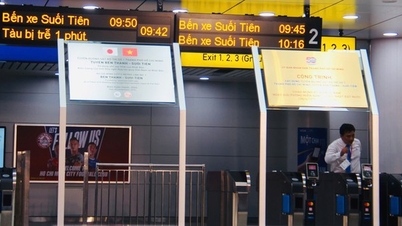



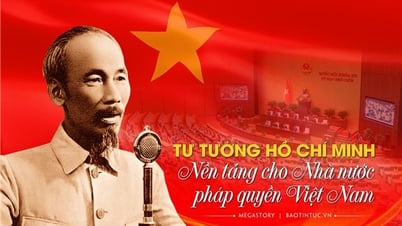

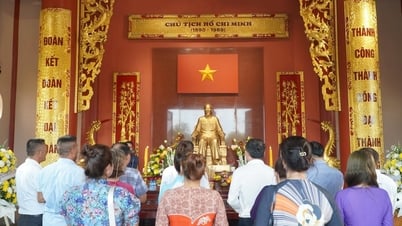
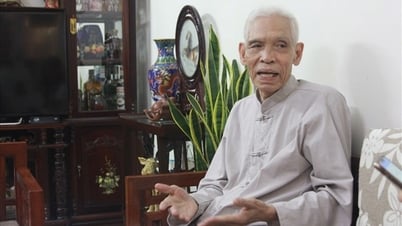
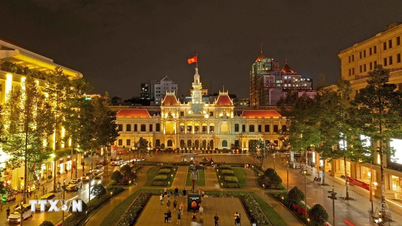

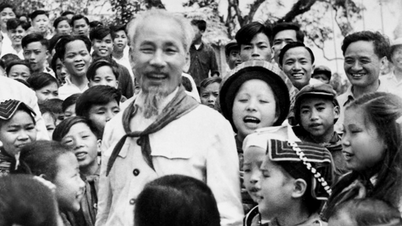
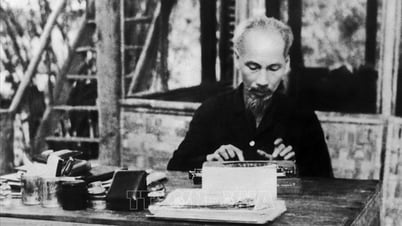










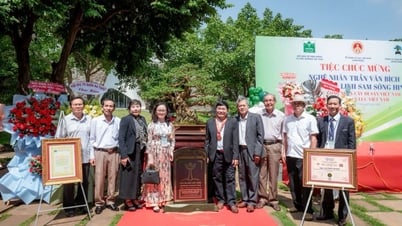






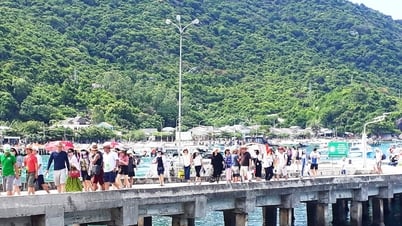


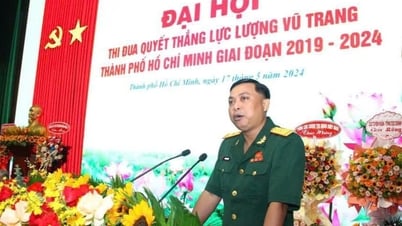










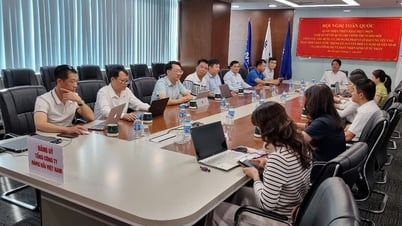



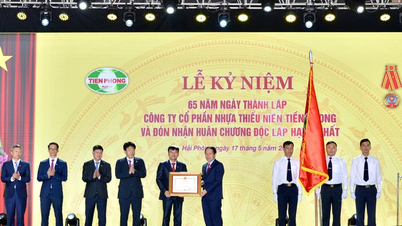


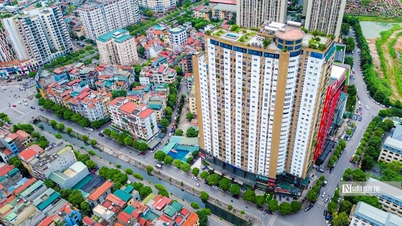


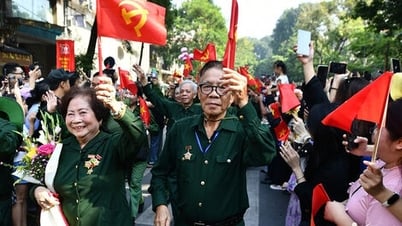
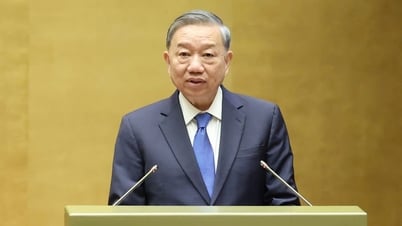



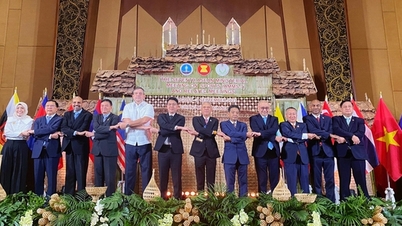

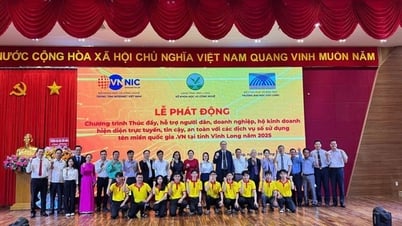

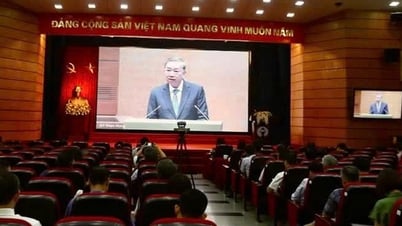
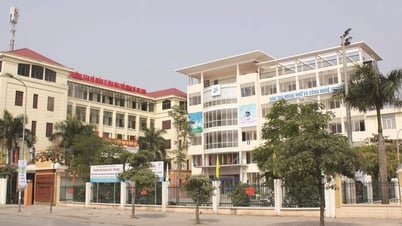

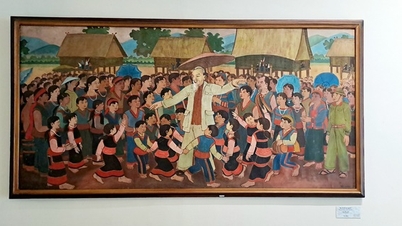
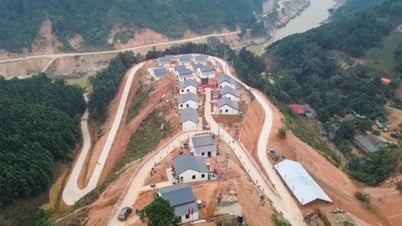

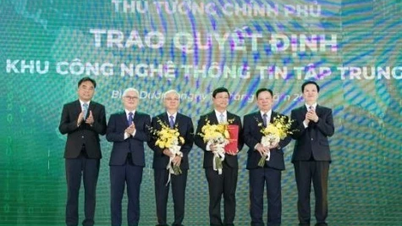

















Comment (0)